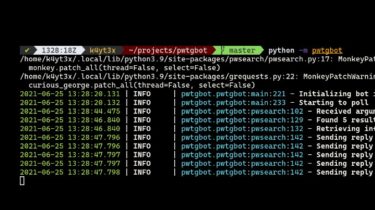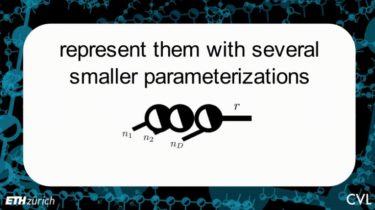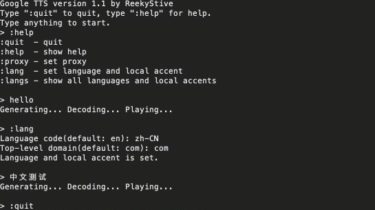Generating plots of Bohemian eigenvalues with python
Bohemian Eigenvalue Plotting Examples This repository contains examples of generating plots of Bohemian eigenvalues. The examples in this repository are currently only available in Python. All examples use the bohemian library. Pentadiagonal Skew Symmetric Python: python/Pentadiagonal_Skew_Symmetric_20x20.py Upper-Hessenberg Toeplitz Python: python/UHT_0_Diag_d3_16x16.py GitHub https://github.com/BohemianMatrices/bohemian-examples
Read more







